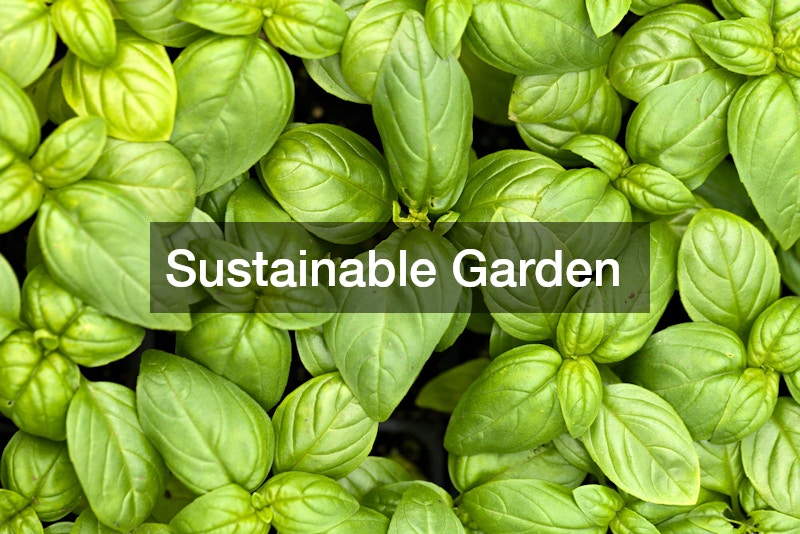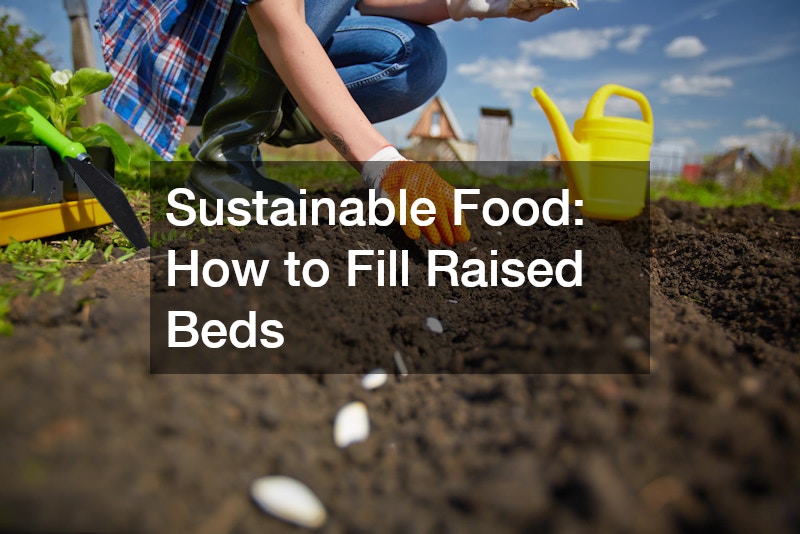Sustainable Food: How to Fill Raised Beds
Raised garden beds are an excellent solution for growing sustainable food, offering numerous benefits such as improved soil quality, better drainage, and easier access for planting and harvesting. Whether you’re an experienced gardener or a novice looking to start your own vegetable garden, understanding how to fill raised beds properly is crucial for a successful and bountiful harvest.
Choosing the Right Location
The first step in setting up your raised garden beds is selecting an appropriate location. Ensure the spot you choose receives at least six to eight hours of sunlight each day.
Good sunlight is essential for the growth and health of your plants. Additionally, consider proximity to a water source for convenient irrigation.
Building Your Raised Beds
Raised garden beds can be constructed from various materials, including wood, stone, metal, or recycled materials. Wood is a popular choice due to its natural appearance and ease of use. When selecting wood, opt for untreated or naturally rot-resistant options like cedar or redwood to avoid chemical leaching into the soil.
Layering Your Raised Beds
Base Layer:
Start by adding a layer of organic matter at the bottom of your raised bed. This can include small branches, straw, leaves, or grass clippings. This layer helps with drainage and decomposes over time to enrich the soil.
Compost Layer:
Next, add a layer of compost. Compost provides essential nutrients and improves soil structure. It can be homemade or purchased from a garden center. Ensure it is well-decomposed and free from any harmful substances.
Topsoil Layer:
The top layer should consist of high-quality topsoil. You can mix in additional compost or well-rotted manure to enhance its fertility. The topsoil layer should be deep enough to accommodate the root systems of your chosen plants.
Filling Your Raised Beds
When filling your raised beds, it’s important to avoid compacting the soil. Lightly pat down each layer to eliminate air pockets but refrain from pressing too hard. This ensures good aeration and root penetration.
Choosing Plants for Your Raised Beds
Selecting the right plants for your raised garden beds is crucial for a successful harvest. Consider planting a mix of vegetables, herbs, and flowers to create a diverse and healthy ecosystem. Some excellent choices for raised beds include tomatoes, lettuce, carrots, basil, and marigolds. Companion planting can also help deter pests and promote growth.
Watering and Maintenance
Raised beds tend to dry out faster than traditional garden beds, so regular watering is essential. Water your plants early in the morning or late in the evening to minimize evaporation. Mulching the surface with straw or wood chips can help retain moisture and suppress weeds.
Regularly check for pests and diseases, and take appropriate measures to control them organically. Rotate crops each season to prevent soil depletion and reduce the risk of plant-specific pests.
Harvesting and Enjoying Your Bounty
With proper care and attention, your raised garden beds will yield a bountiful harvest of fresh, sustainable food. Harvest your crops when they reach peak ripeness for the best flavor and nutritional value. Share your surplus with friends, family, or local food banks to promote community sustainability.
By following these steps, you can create a thriving garden in your raised beds and contribute to a more sustainable food system. Happy gardening!
.


